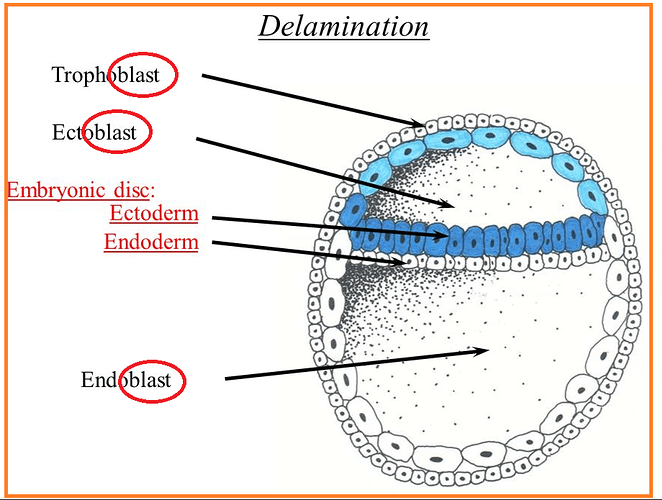I’m looking around for some creationist literature that summarizes their views with references to scientific journal articles ![]() (Now I know they don’t all have the same views but I have to start somewhere!) Lately I’ve been reading CMI’s journal of creation but their articles are so scattered and across such a range of disciplines it is hard to follow. I’m looking for a good summary of their arguments, especially for the molecular/genetic evidence, as this is where my interests lie.
(Now I know they don’t all have the same views but I have to start somewhere!) Lately I’ve been reading CMI’s journal of creation but their articles are so scattered and across such a range of disciplines it is hard to follow. I’m looking for a good summary of their arguments, especially for the molecular/genetic evidence, as this is where my interests lie.
I stumbled across “Evolution or Creation?: A Comparison of the Arguments”
By Albert DeBenedictis
But somewhat disappointed as he doesn’t seem to reference many (or any - I didn’t go through and count) scientific papers? He seems to mostly reference other creationist literature, books published by creationists, or Wikipedia.
It makes it very hard to follow their reasoning if I don’t have the original source!
I was reading through the google books preview, link here:
From the book page 521:
“Another example of organisms having similar body structures but are not genetically related is the vertebrate gut. In sharks, the gut develops from cells in the roof of the embryonic cavity. In lampreys, the gut develops from the cells on the floor of the cavity. In frogs, the gut develops from cells from both the roof and the floor of the embryonic cavity. This is a clear indication that different developmental pathways can produce similar structures in vertebrates. This contradicts what one would expect to find if all vertebrates share a common ancestor.”
Now I can see possible holes in their argument. It is definitely possible to have genetic homology without having homology of function. One possibility could be that there is a suite of conserved genes that code for largely the same proteins in the signalling pathway in embryogenesis, but there were some mutations along the way that disrupted the particular enzyme(s) that determine the location of what part of the cavity the “gut” forms? And because the author uses such general terminology, and it has been a while since I looked at embryogenesis, I’m not sure what he means by “gut” (possibly the endoderm?) and “embryonic cavity” so it is very hard to look up resources in literature. Also, the common ancestor of a jawless fish, a frog (an amphibian) and the shark should’ve existed a loonnnnggg time ago, meaning there was lots of time to diverge so we wouldn’t expect the signalling pathway for embryogenesis to be identical, would we?
Does anyone know what the author is trying to say here? I genuinely want to know!
On page 538 of the book he says:
“As already mentioned, the claim made by scientists that the DNA structures in humans and chimpanzees are 98 to 99 percent similar may be misleading. First. researchers used only human and chimp DNA sequence fragments that already exhibited a high level of similarity. Sections that did not line up were tossed out of the mix. Next, they used the protein coding portions of genes for their comparison.”
I don’t know how the author came to the conclusion that researchers “toss out” sequences that don’t already show a high degree of similarity. Maybe the author is referring to the quality control steps before alignment? And next the author claims that scientists only align the protein coding regions. I’m not sure why he thinks that… unless he only read the 2005 paper for the initial alignment for the human and chimp genomes… because there are plenty of published papers since then of whole sequence alignments comparing human and chimp genomes and the high similarity still stands? I’m quoting from the third edition published in 2014 so surely the author should’ve read some publications since 2005?
I genuinely want to explore what they have to say on the subject but it is frustrating because I just find myself lost most of the time, not knowing how they came to their conclusion… looking around for papers and generally feeling like I’m wasting my time. ![]()
So uh… what do you guys think? Can you give me any recommendations?
